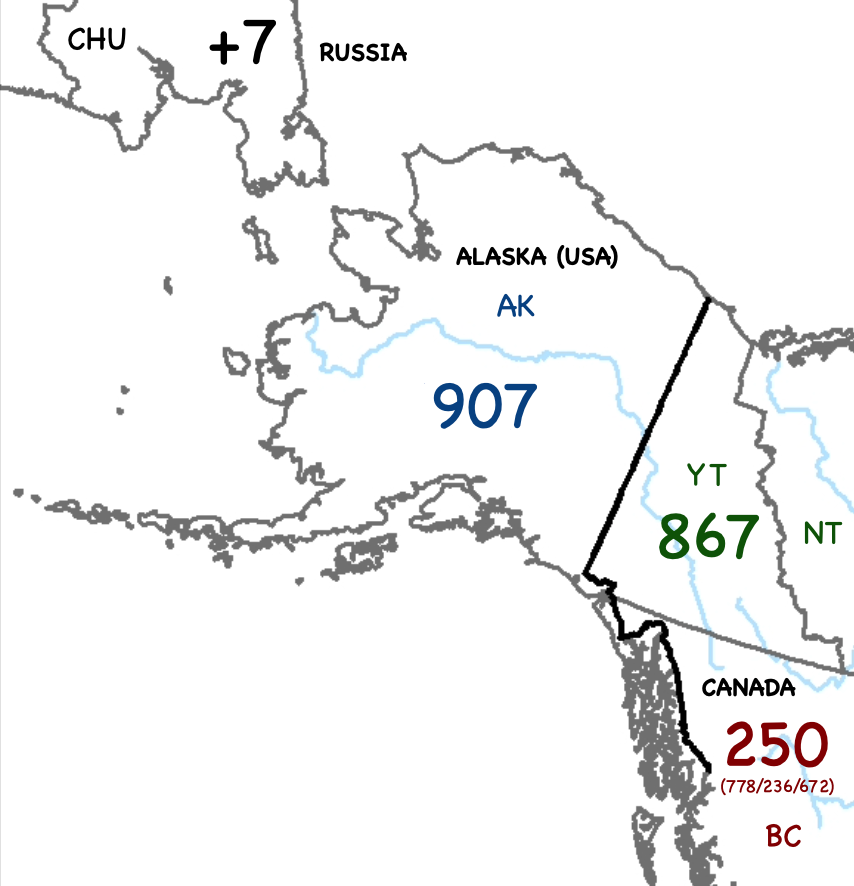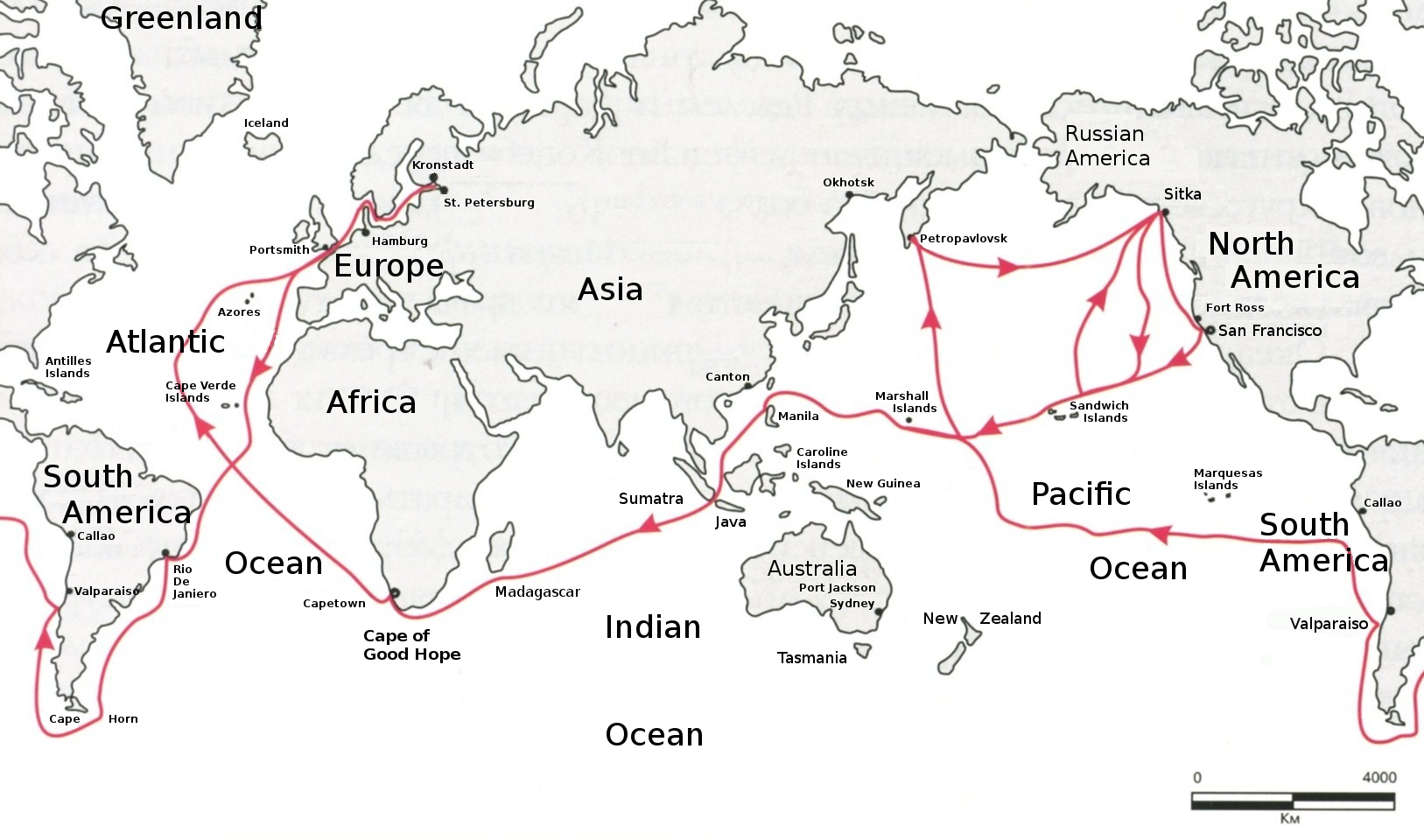|
Shishmaref
Shishmaref ( ; ik, Qigiqtaq, ; rus, Шишмарёв, p=ʂɨʂmɐˈrʲɵf) is a city in the Nome Census Area, Alaska, United States. It is located on Sarichef Island in the Chukchi Sea, just north of the Bering Strait and five miles from the mainland. Shishmaref lies within the Bering Land Bridge National Preserve. The population was 563 at the 2010 census, up from 562 in 2000. Etymology Shishmaryov is probably a variant of Russian ''Shyshmánov'' from Turkic ''šyšman'' ‘fat’, but there is also Old Russian ''šiš'' ‘rogue, knave’ and ''Maréev'' ‘(son of) marine’. The name was assigned in 1821 to a nearby inlet by explorer Otto von Kotzebue of the Russian Imperial Marine, in honor of a member of his expedition, the commander Gleb Semënovič Šišmarëv (Глеб Семёнович Шишмарёв). In the Iñupiaq language, ''Qigiqtaq'' (formally Ḳigiḳtaḳ) means ‘island’. The water to the south of it is called ''Qikiqtam Imarrua'' ‘waters of Q ... [...More Info...] [...Related Items...] OR: [Wikipedia] [Google] [Baidu] |
Sarichef Island
Sarichef Island ( Inupiaq: ''Qigiqtaq'' or ''Kigiqtaq'') is a long and narrow coastal island on the Chukchi Sea-facing coast of Alaska. It is located at the mouth of the Shishmaref Inlet, Kotzebue-Kobuk Low. It is located hundred miles east of Russia, which can be seen on clear days. The highest point on the island is the 6-meter cemetery in Shishmaref. The island is rapidly disappearing due to the sea level rise associated with global warming. Sarichef Island is in length. The highest point on the island is above sea level. Shishmaref town and Shishmaref Airport are located on this island. This island was named in 1816 by explorer Lt. Otto von Kotzebue, of the Imperial Russian Navy, "in the honor of his worthy" Vice Admiral Gavril Sarychev (1763–1831). See also * Arctic shrinkage * Sea Islands The Sea Islands are a chain of tidal and barrier islands on the Atlantic Ocean coast of the Southeastern United States. Numbering over 100, they are located between the mou ... [...More Info...] [...Related Items...] OR: [Wikipedia] [Google] [Baidu] |
Bering Land Bridge National Preserve
The Bering Land Bridge National Preserve is one of the most remote Protected areas of the United States, located on the Seward Peninsula. The National Preserve protects a remnant of the Bering Land Bridge that connected Asia with North America more than 13,000 years ago during the Pleistocene ice age. The majority of this land bridge now lies beneath the waters of the Chukchi and Bering Seas. During the glacial epoch this bridge was a migration route for people, animals, and plants whenever ocean levels fell enough to expose the land bridge. Archeologists disagree whether it was across this Bering Land Bridge, also called Beringia, that humans first migrated from Asia to populate the Americas, or whether it was via a coastal route. Bering Land Bridge National Monument was established in 1978 by Presidential proclamation under the authority of the Antiquities Act. The designation was modified in 1980 to a national preserve with the passage of the Alaska National Interest Lan ... [...More Info...] [...Related Items...] OR: [Wikipedia] [Google] [Baidu] |
Area Code 907
Area code 907 is a telephone area code in the North American Numbering Plan (NANP) for the U.S. state of Alaska, except for the small southeastern community of Hyder, which uses area codes 236, 250, and 778 of neighboring Stewart, British Columbia. Despite having telephone service to the contiguous US via a terrestrial line via the town of Juneau since 1937,AT&T (1974) ''Events in Telephone History'' Alaska was not assigned an area code until after the Alaska submarine cable was opened for traffic in 1956. The Alaska numbering plan area (NPA) was assigned the area code 907 and entered service in 1957. The Alaska numbering plan area is geographically the largest of any in the United States. It is the second-largest in the NANP, and on the entire North American continent behind 867, which serves Canada's northern territories. Because the Aleutian Islands of Alaska cross longitude 180, the Anti-Meridian, 907 may be considered to be both the farthest west and the farthest east of ... [...More Info...] [...Related Items...] OR: [Wikipedia] [Google] [Baidu] |
Iñupiaq Language
Iñupiaq Iñupiaq : , Inupiaq, Iñupiat , Inupiat, Iñupiatun or Alaskan Inuit is an Inuit language, or perhaps languages, spoken by the Iñupiat people in northern and northwestern Alaska, as well as a small adjacent part of the Northwest Territories of Canada. The Iñupiat language is a member of the Inuit-Yupik-Unangan language family, and is closely related to, but not mutually intelligible with, other Inuit languages of Canada and Greenland. There are roughly 2,000 speakers. Iñupiaq is considered to be a threatened language, with most speakers at or above the age of 40. Iñupiaq is an official language of the State of Alaska, along with several other indigenous languages. The major varieties of the Iñupiaq language are the North Slope Iñupiaq and Seward Peninsula Iñupiaq dialects. The Iñupiaq language has been in decline since contact with English in the late 19th century. American territorial acquisition and the legacy of boarding schools have created a situation ... [...More Info...] [...Related Items...] OR: [Wikipedia] [Google] [Baidu] |
Nome Census Area, Alaska
Nome Census Area is a census area located in the U.S. state of Alaska, mostly overlapping with the Seward Peninsula. As of the 2020 census, the population was 10,046, up from 9,492 in 2010. It is part of the unorganized borough and therefore has no borough seat. Its largest community by far is the city of Nome. Geography According to the U.S. Census Bureau, the census area has a total area of , of which is land and (18.8%) is water. It also includes the large offshore St. Lawrence Island, which has about 14 percent of the census area's population and two of its larger cities in Gambell and Savoonga. Nome Census Area is the 7th largest county-equivalent in the state of Alaska. Adjacent boroughs and census areas * Northwest Arctic Borough, Alaska - north * Yukon-Koyukuk Census Area, Alaska - east * Kusilvak Census Area, Alaska - south * Chukotsky District, Chukotka Autonomous Okrug - west National protected areas * Alaska Maritime National Wildlife Refuge (part of the ... [...More Info...] [...Related Items...] OR: [Wikipedia] [Google] [Baidu] |
City (Alaska)
Alaska ( ; russian: Аляска, Alyaska; ale, Alax̂sxax̂; ; ems, Alas'kaaq; Yup'ik: ''Alaskaq''; tli, Anáaski) is a state located in the Western United States on the northwest extremity of North America. A semi-exclave of the U.S., it borders the Canadian province of British Columbia and the Yukon territory to the east; it also shares a maritime border with the Russian Federation's Chukotka Autonomous Okrug to the west, just across the Bering Strait. To the north are the Chukchi and Beaufort Seas of the Arctic Ocean, while the Pacific Ocean lies to the south and southwest. Alaska is by far the largest U.S. state by area, comprising more total area than the next three largest states (Texas, California, and Montana) combined. It represents the seventh-largest subnational division in the world. It is the third-least populous and the most sparsely populated state, but by far the continent's most populous territory located mostly north of the 60th parallel, wi ... [...More Info...] [...Related Items...] OR: [Wikipedia] [Google] [Baidu] |
Otto Von Kotzebue
Otto von Kotzebue (russian: О́тто Евста́фьевич Коцебу́, tr. ; – ) was a Russian officer and navigator in the Imperial Russian Navy. He was born in Reval. He was known for his explorations of Oceania. Early life and education Born into the Kotzebue family of Brandenburgish origin, originating in Kossebau in Altmark, he was the second son of writer and diplomat August von Kotzebue and his wife, he was born in Reval (now Tallinn, Estonia), then part of the Russian Empire. After attending the Saint Petersburg school of cadets, he accompanied Adam Johann von Krusenstern on his voyage of 1803–1806. Both attested to the prominence of Baltic Germans in Imperial Russia's naval expeditions around 1800. Naval career On promotion to lieutenant, Kotzebue was placed in command of an expedition, fitted out at the expense of the imperial chancellor, Count Nikolay Rumyantsev, in the brig ''Rurik''. In this vessel, with only twenty-seven men, includin ... [...More Info...] [...Related Items...] OR: [Wikipedia] [Google] [Baidu] |
Russian Language
Russian (russian: русский язык, russkij jazyk, link=no, ) is an East Slavic language mainly spoken in Russia. It is the native language of the Russians, and belongs to the Indo-European language family. It is one of four living East Slavic languages, and is also a part of the larger Balto-Slavic languages. Besides Russia itself, Russian is an official language in Belarus, Kazakhstan, and Kyrgyzstan, and is used widely as a lingua franca throughout Ukraine, the Caucasus, Central Asia, and to some extent in the Baltic states. It was the ''de facto'' language of the former Soviet Union, Constitution and Fundamental Law of the Union of Soviet Socialist Republics, 1977: Section II, Chapter 6, Article 36 and continues to be used in public life with varying proficiency in all of the post-Soviet states. Russian has over 258 million total speakers worldwide. It is the most spoken Slavic language, and the most spoken native language in Europe, as well as the ... [...More Info...] [...Related Items...] OR: [Wikipedia] [Google] [Baidu] |
2010 United States Census
The United States census of 2010 was the twenty-third United States national census. National Census Day, the reference day used for the census, was April 1, 2010. The census was taken via mail-in citizen self-reporting, with enumerators serving to spot-check randomly selected neighborhoods and communities. As part of a drive to increase the count's accuracy, 635,000 temporary enumerators were hired. The population of the United States was counted as 308,745,538, a 9.7% increase from the 2000 census. This was the first census in which all states recorded a population of over half a million people as well as the first in which all 100 largest cities recorded populations of over 200,000. Introduction As required by the United States Constitution, the U.S. census has been conducted every 10 years since 1790. The 2000 U.S. census was the previous census completed. Participation in the U.S. census is required by law of persons living in the United States in Title 13 of the United ... [...More Info...] [...Related Items...] OR: [Wikipedia] [Google] [Baidu] |
Chukchi Sea
Chukchi Sea ( rus, Чуко́тское мо́ре, r=Chukotskoye more, p=tɕʊˈkotskəjə ˈmorʲɪ), sometimes referred to as the Chuuk Sea, Chukotsk Sea or the Sea of Chukotsk, is a marginal sea of the Arctic Ocean. It is bounded on the west by the Long Strait, off Wrangel Island, and in the east by Point Barrow, Alaska, beyond which lies the Beaufort Sea. The Bering Strait forms its southernmost limit and connects it to the Bering Sea and the Pacific Ocean. The principal port on the Chukchi Sea is Uelen in Russia. The International Date Line crosses the Chukchi Sea from northwest to southeast. It is displaced eastwards to avoid Wrangel Island as well as the Chukotka Autonomous Okrug on the Russian mainland. Geography The sea has an approximate area of and is only navigable about four months of the year. The main geological feature of the Chukchi Sea bottom is the Hope Basin, which is bound to the northeast by the Herald Arch. Depths less than occupy 56% of the to ... [...More Info...] [...Related Items...] OR: [Wikipedia] [Google] [Baidu] |
.jpg)



